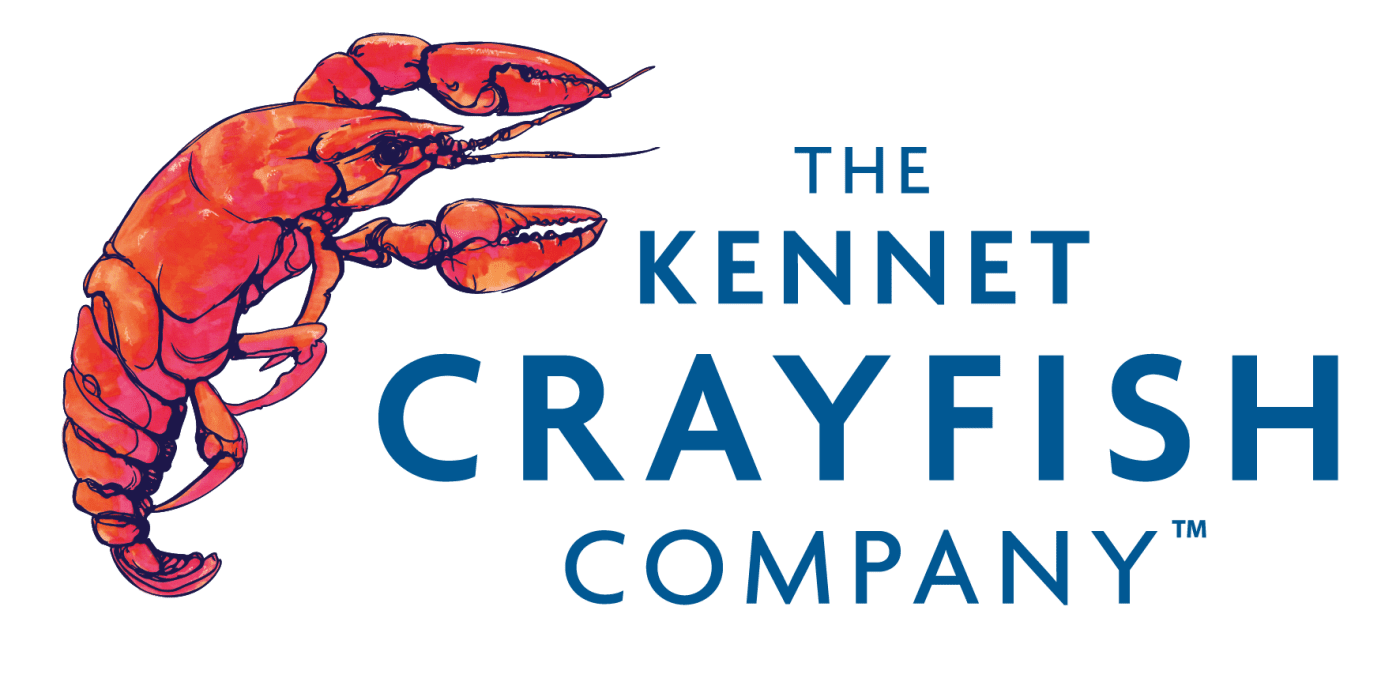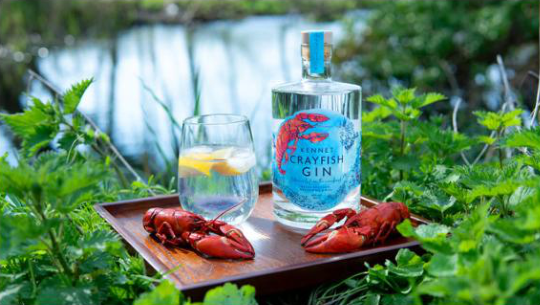News Articles
The Chef’s Forum
Crazy About Crayfish
Andrew Leech started a co-operative business with his brother and some fellow crayfish trappers which became very successful until the law changed and suddenly it wasn’t. So he found a way to trade within the new law but it wasn’t easy.
The law says: stop catching crayfish
It all started with a barbecue in the garden on the river Lambourn which is a tributary of the River Kennet, a clear, shallow river in which could be seen many a trout. A friend at the BBQ threw a chicken bone into the water and it was mobbed by what looked like small lobsters. Andrew Leech was instantly hooked.
Research told Andrew that the ‘mob’ were American signal crayfish, imported in the 1970s to farm for the Scandinavian market, where they were much in demand. The crayfish had escaped from the farms and thrived in the wild. Andrew is a designer, so he designed a crayfish trap as a variant on a lobster pot and soon he, his brother and a few local crayfish trappers were exporting a couple of tons of crayfish a week to the Baltic States. To support this trade the fishermen had built holding tanks, again designed by Andrew, where the crayfish could be accumulated and purged. It was hard work but supported the overheads and kept the local crayfish population down. Until that is, when new laws were introduced to protect native crayfish, other river dwellers and the environment – signal crayfish were named an invasive species. They carry a virus to which native crayfish have no defence. They are voracious predators, eating the eggs and young of fish, impacting on the lives of waterfowl and all natural river invertebrates. Also, the crayfish tunnel, up to three feet, into riverbanks causing their collapse. The transport of live crayfish was banned in the UK and most of Europe, plus their capture and processing was now subject to stringent controls and Andrew and colleagues were pretty much out of business.
Diversity into new markets
The next phase of The Kennet Crayfish Company’s development was to diversify by looking at ways of developing novel food products using the crayfish shells and meat to produce a range of signature culinary items. The first being the launch of a wonderful premium craft gin which uses the naturally sweet oil in the crayfish shells as a botanical.
Andrew explains: “We worked with the local team and chef at nearby distillery, Hawkridge Distillers, who evolved the original idea by having the botanicals freshly crushed on site to create a uniquely fresh flavour sensation like nothing else on the market. The resulting premium gin blend itself is fresh on the nose, sweet on the palate and delivers a beautiful citrus and herbaceous complexity.
What next for the wonderful crayfish?
Kennet Crayfish Company has also begun the process of developing a crayfish stock, again, using the natural sweet flavour of crayfish. Leech says: “We are not sat idle; we are looking at product development and also working on ecological and environmental projects to make sure we leave no residual building on our grade of direct sales to consumers. Our mission is to convert far more of the British public to the wonders of this delicious indigenous species and extend our range of culinary produce.”
Leech adds: “In addition, we are also focusing on solutions to improve our packaging to make them more recyclable, compostable and eco-friendly in turn also trying to increase the product shelf-life.”


